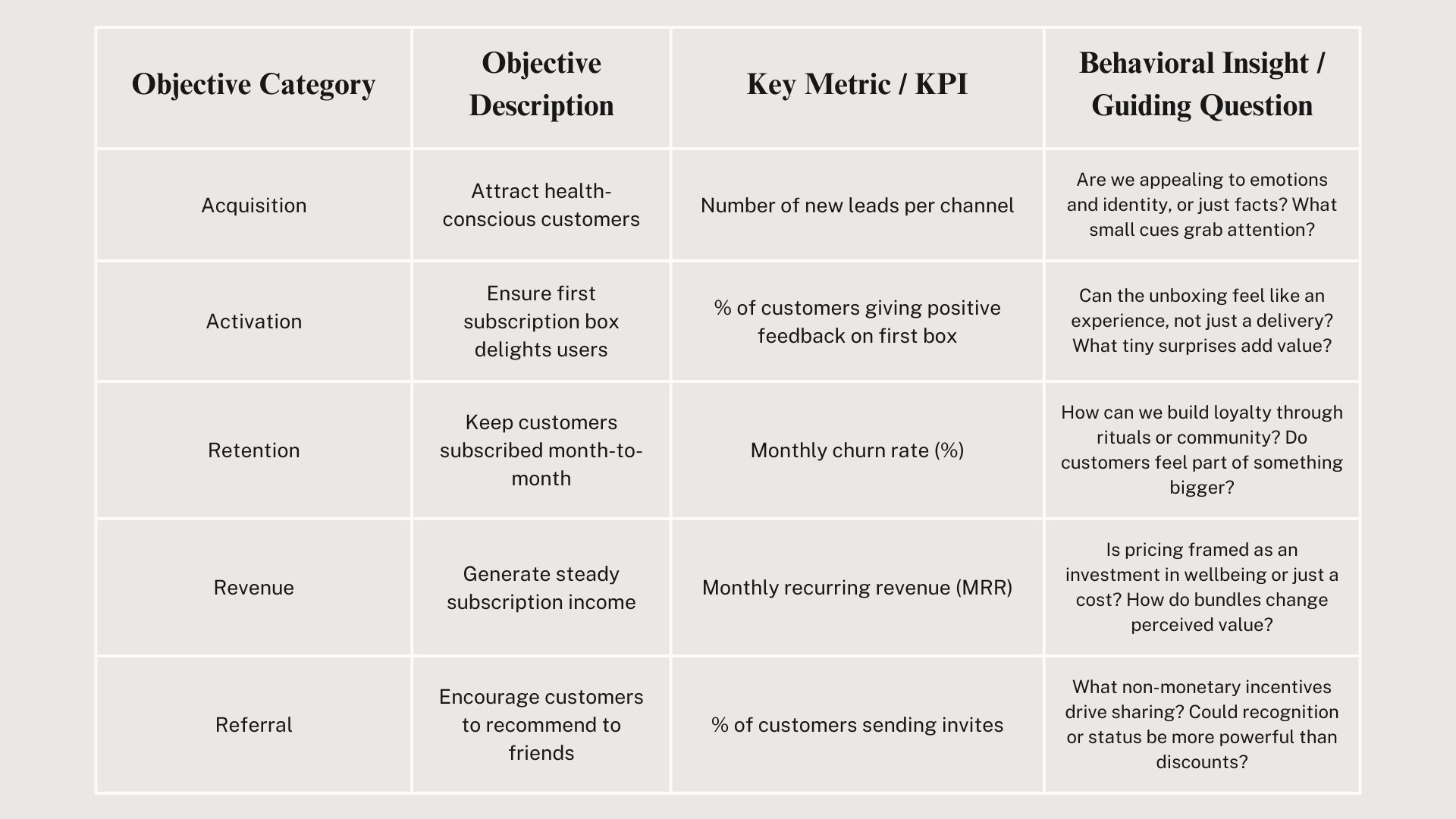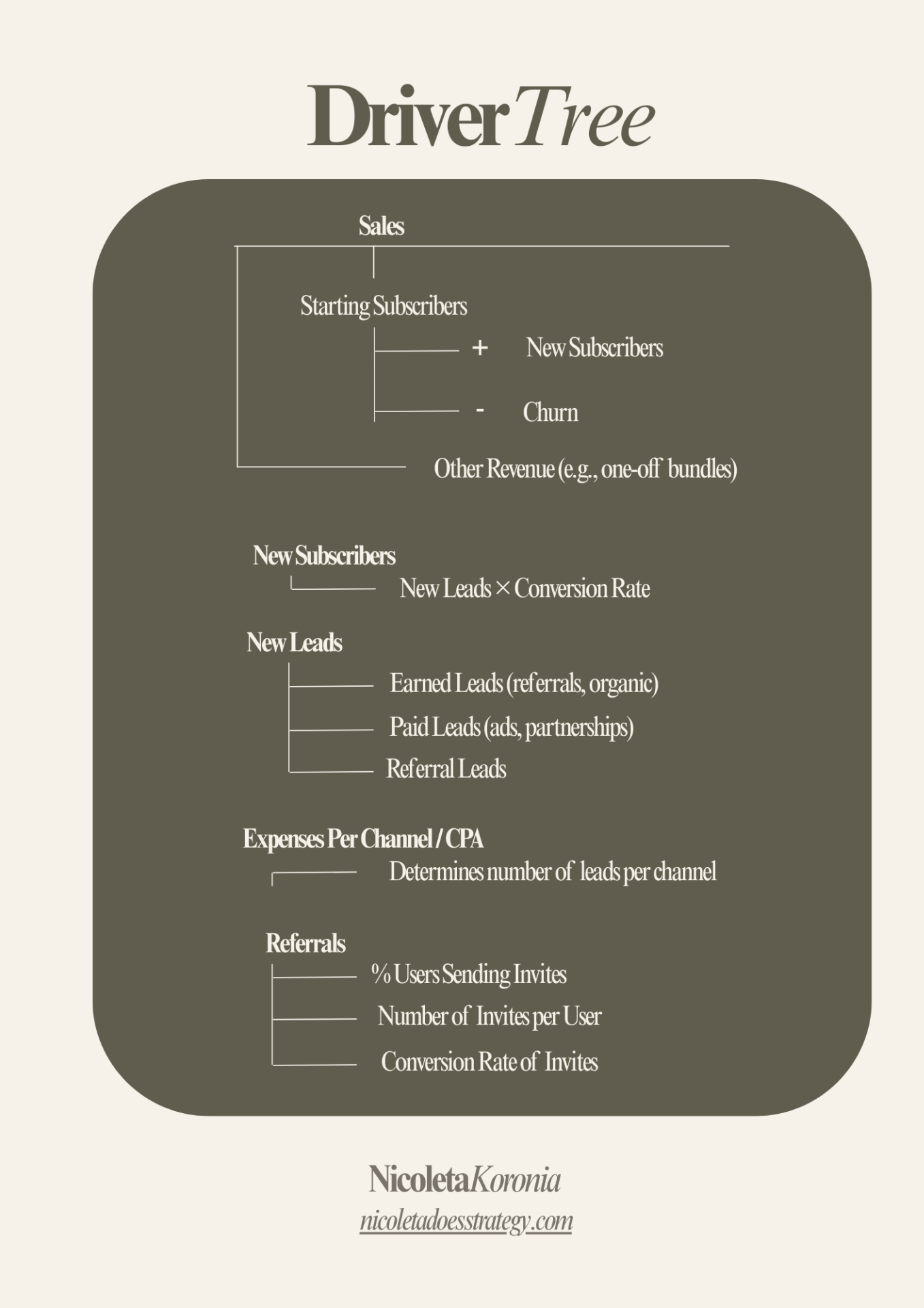
Bootstrapping and Lean Growth: The Story of FreshBundle and Smart Behavioral Insights
Let's walk through a simple startup scenario: FreshBundle, a company delivering bundled healthy snacks every month. The challenge? Growing without outside funding by focusing on efficient, creative marketing and learning fast.
Why Bootstrapping Needs a Behavioral Lens
When you have money to burn, you can afford sloppy thinking.
When you're bootstrapping, every euro (or dollar) is a bet you can't afford to lose. That means understanding human behavior is as important as understanding your spreadsheets.
It's not just about "What do we sell?" it's "How do people perceive it? What story does it tell about them? What makes them remember us and come back?"
Behavioral economics teaches us that customers aren't perfectly rational they buy based on emotions, identity, and perceived value. Lean startups that understand this can often outperform bigger competitors who focus only on logic and features.

The Driver Tree for Lean Growth
This is where strategy turns into numbers. Every branch in the driver tree represents a decision point and a place to improve results.

Turning the Tree Into Growth Moves
Every branch of this tree hides an opportunity for creative problem-solving:
Instead of offering one subscription price, introduce bundles with slightly different emotional appeals "The Energizer Bundle" vs "The Relax & Recharge Bundle." This small naming change can increase perceived relevance.
New Subscribers:Experiment with tiny, low-cost A/B tests for different signup offers a free trial snack vs. free delivery. You're not just testing which is cheaper to offer, but which feels like the better deal.
Earned Leads:
Engage in micro-collaborations with niche communities instead of chasing mass exposure. It's often better to dominate one small pond than get ignored in a big ocean.
Paid Leads:
Focus ad spend where people are already in the right mindset a targeted ad after someone reads an article on healthy meal planning will often beat a generic ad on a broad social feed.
Referrals:
Make inviting friends a social act, not just a transaction. For example, allow a customer to "gift" their friend a small free snack bundle instead of just giving them a discount code.
Behavioral Questions for Every Stage
Acquisition:
"Are we selling a bundle, or are we selling the story that comes with it?"
Instead of "12 healthy snacks," it could be "A care package from your future self."Activation:
"What small, unexpected touches make this feel more special than anything else on the market?"
People remember how something made them feel, not just what it contained.
Retention:
"How do we make cancelling feel like leaving a community?"
The harder it is emotionally to let go, the more likely people will stay.Revenue:
"Does bundling items increase perceived value enough to justify a higher price point?"
Often, people will pay more for a curated set than for the same items individually.Referral:
"Is there a status benefit to sharing?"
People love to be the one who 'discovered' something and brought it to their friends.
Key mindset: Behind every arrow in this flow is a human decision. Each improvement is not just about lowering costs or raising numbers, but about influencing behavior in a way that feels natural to the customer.
The Bootstrapping Advantage
It might seem like starting with less money is a disadvantage. But it forces a discipline that well-funded startups often lack:
You can't afford to guess you must test and measure.
You can't buy mass awareness you must earn loyalty.
You can't outspend you must outthink.
And when you add behavioral insight into that mix understanding why people act the way they do you unlock growth strategies that don't depend on budget, only on creativity.
